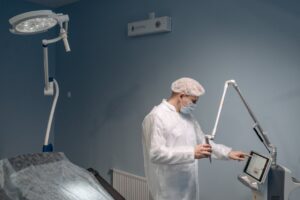3D printing is no longer just for tech labs — it’s reshaping hospitals and research centers worldwide. From prosthetics to bone implants, this technology allows doctors to “print” body parts that fit each patient perfectly.
How It Works
Using detailed digital scans, medical engineers create 3D models of tissues, bones, or organs. These are then printed using biocompatible materials, forming implants or even living tissues.
Medical Applications
3D printing is already being used to create artificial limbs, dental implants, and surgical models for complex operations. In some experimental labs, scientists are printing small organs for research and transplantation trials.
The Road Ahead
The ultimate goal is to print fully functional human organs like hearts or kidneys. Once achieved, it could completely eliminate transplant waiting lists — saving millions of lives worldwide.






